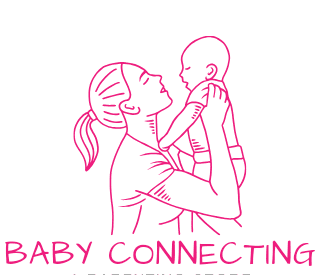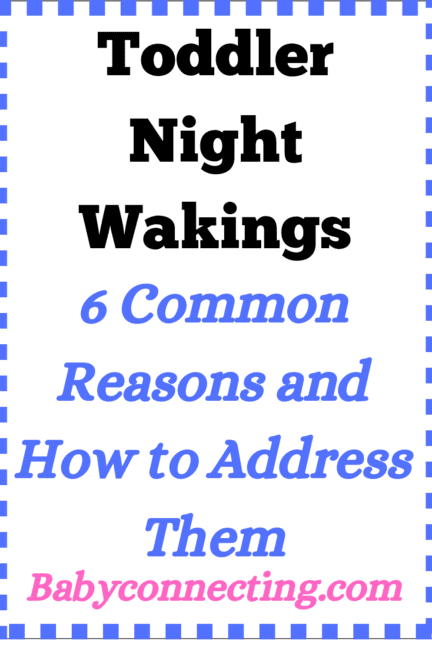“Decoding Your Baby’s Cries: Understanding the Different Sounds and What They Mean”
Introduction:
Babies express themselves primarily through crying, but did you know that each cry can convey different messages? Understanding these various cries is key to meeting your baby’s needs effectively.
In this article, we’ll explore eight common types of cries you might hear from your baby, explained in simple terms. With insights supported by research, we aim to provide a clear understanding of your baby’s language of crying.
1. Hunger Cry:
– What it sounds like: A rhythmic cry with short breaks.
– Meaning: Your baby is hungry and needs to eat.
– Research Reference: American Academy of Pediatrics. (2016). Newborn Behavior and Cues. HealthyChildren.org.
2. Discomfort Cry:
– What it sounds like: A fussy, unsettled cry.
– Meaning: Your baby feels uncomfortable due to reasons like a wet diaper or feeling too hot or cold.
– Research Reference: Hunziker, U. A., & Barr, R. G. (1986). Increased Carrying Reduces Infant Crying: A Randomized Controlled Trial. Pediatrics, 77(5), 641-648.
3. Sleepy Cry:
– What it sounds like: A quiet cry with gentle cues like yawning.
– Meaning: Your baby is tired and ready for sleep.
– Research Reference: American Academy of Pediatrics. (2016). Newborn Behavior and Cues. HealthyChildren.org.
4. Pain Cry:
– What it sounds like: A sudden, sharp cry.
– Meaning: Your baby is in pain or discomfort, perhaps from teething or illness.
– Research Reference: Lester, B. M., Boukydis, C. F., & Garcia-Coll, C. T. (1995). Developmental Outcome as a Function of the goodness of fit Between the Infant’s Cry Characteristics and the Mother’s Perception of her Infant’s Cry. Pediatrics, 95(4), 516-521.
5. Attention Cry:
– What it sounds like: A demanding cry with pauses.
– Meaning: Your baby seeks your attention or comfort.
– Research Reference: American Academy of Pediatrics. (2016). Newborn Behavior and Cues. HealthyChildren.org.
6. Colic Cry:
– What it sounds like: Prolonged crying episodes, often in the late afternoon or evening.
– Meaning: Your baby may have colic, a condition causing excessive crying.
– Research Reference: Wessel, M. A., Cobb, J. C., Jackson, E. B., Harris, G. S., Detwiler, A. C. (1954). Paroxysmal fussing in infancy, sometimes called colic. Pediatrics, 14(5), 421-434.
7. Overstimulation Cry:
– What it sounds like: A frantic, inconsolable cry.
– Meaning: Your baby feels overwhelmed by sensory input.
– Research Reference: American Academy of Pediatrics. (2016). Newborn Behavior and Cues. HealthyChildren.org.
8. Unsettled Cry:
– What it sounds like: A mix of cries and grunts.
– Meaning: Your baby may be uncomfortable or seeking comfort.
– Research Reference: Lester, B. M., Boukydis, C. F., & Garcia-Coll, C. T. (1995). Developmental Outcome as a Function of the goodness of fit Between the Infant’s Cry Characteristics and the Mother’s Perception of her Infant’s Cry. Pediatrics, 95(4), 516-521.
Conclusion:
Understanding your baby’s cries is like deciphering a unique language. By recognizing the different sounds and what they mean, you can better respond to your baby’s needs. Whether it’s hunger, discomfort, tiredness, pain, or simply wanting attention, listening to your baby’s cries and providing comfort and care strengthens your bond with them. With this understanding, you can navigate the world of parenthood with confidence and compassion.



